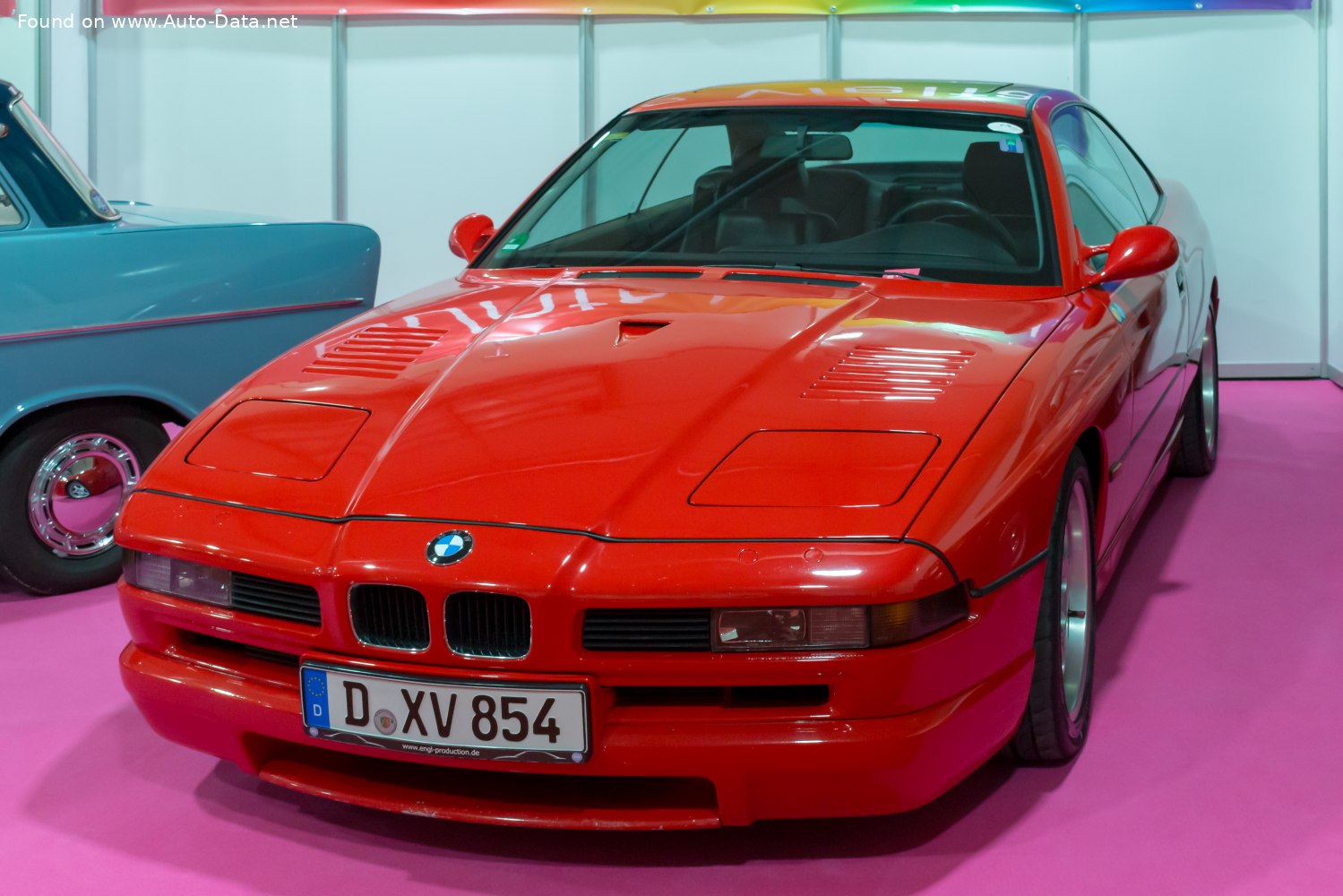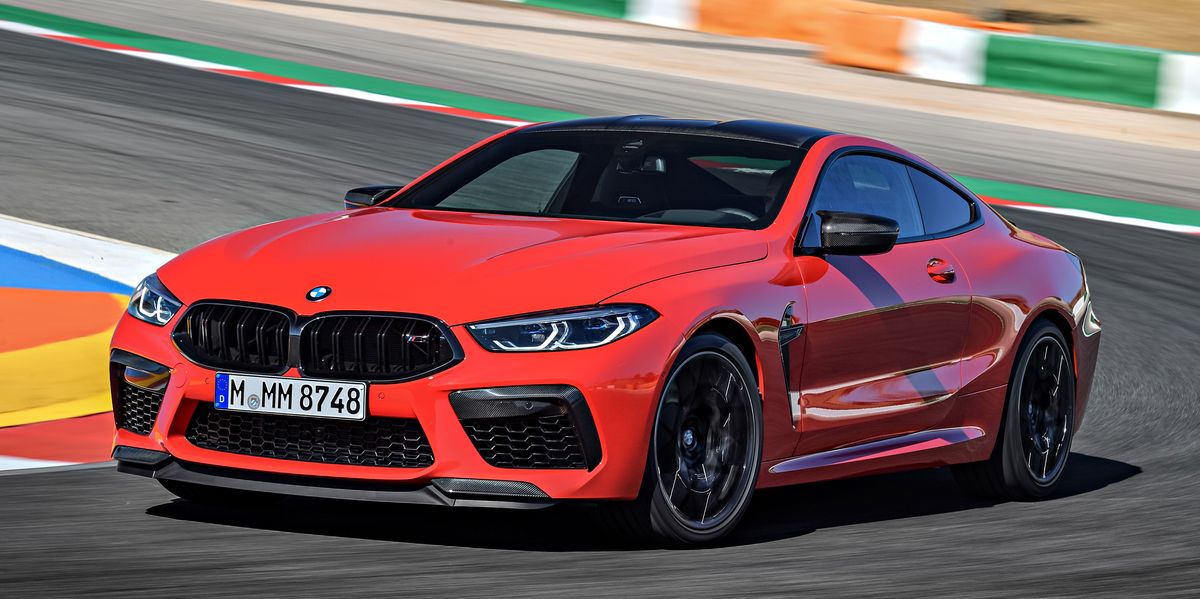The ’70s were all about the wedge. It was the shape to have, whether it was haircuts, shoes or sleek, low-cut supercars that could cleave right through the air with minimal effort. Italian design houses Bertone, Giugiaro and Pininfarina took that idea to the extreme, while exotic car builders like Lotus, Ferrari and Lamborghini turned some of those dreams into showroom stars.
Owning one of these cars today usually involves some sort of reality check, though. Most carry some combination of sky-high prices, cantankerous drivelines and unrealistic ergonomics.
There is one wedge that delivers pleasure without all the pain. Meet the BMW M1. The M1 still offers a glimpse into the first days of BMW Motorsport, the group that has since given us so many fan favorites, like the M3, M5 and M6.
Meet the M1

BMW spent the years after World War II reinventing itself. The former luxury nameplate helped get Germany back on its feet with the humble Isetta; smart, practical sedans followed.
The 2002 showed the world that sedans could be fun and spunky, and by the mid-’70s BMW was ready to take on the world’s top brands in Group 4 and Group 5 competition. The mid-engined M1, approved in 1976, would be their weapon.
Initially, the Giugiaro-designed M1 was to be assembled by Lamborghini, but their worsening financial situation and assembly delays caused BMW to move assembly to Baur, the German convertible builders. After those delays, production officially began for the 1978 model year.
By that time, however, the rules for international Group 5 silhouette racing required homologation numbers that BMW wasn’t going to meet. Jochen Neerpasch, head of BMW Motorsport, had another idea: Take the Ml to the new Procar series instead.
Formed to support European Formula 1 races, the Procar series would be a one-make affair, with everyone on the grid conveniently driving a Group 4-spec, 470-horsepower BMW M1. To sweeten the pot, BMW would field five cars for F1 stars. The series, which ran in 1979 and 1980, exposed the M1 to the right audience while helping to sell some of the cars required for Group 5 homologation.
Unfortunately, by the time BMW had built enough cars to meet the Group 5 homologation requirements, the M1 was no longer competitive–even though its turbocharged 3.2-liter engine made some 850 horsepower. The Porsches were just too entrenched.
The M1 did see some on-track success, though, as David Cowart and Kenper Miller dominated the 1980 IMSA GTO series with a former Procar. And then there was perhaps the most famous M1 race car: Andy Warhol hand painted a Group 4 racer, and in 1979 Manfred Winkelhock, Marcel Mignot and Hervé Poulai drove it to a second-place class finish at Le Mans.
A Practical Classic

While the model wasn’t a grand success on track, the M1 story leaves us with a fantastic road car. The street M1–which, according to BMW, accounted for 399 of the 455 M1 cars built during the 1978–’81 model run–was designed around the 3.5-liter straight-six that also powered the company’s more mundane sedans. A 24-valve cylinder head helped it put out 277 horsepower at 6500 rpm. Later we’d see almost this exact same setup in BMW standards like the M5 and M6. While exotic for its time, this engine isn’t too exotic.
The M1 was like no other BMW of the past, present or, perhaps, future. BMW’s typically upright, Teutonic driving position was absent. The look and feel were more Italian.
One sits low in the M1, and ingress and egress are certainly not on a par with the later M-cars. Those newer offerings, though, don’t offer such exclusivity.
Rare–and Rarely Used

With fewer than 400 road cars produced, the M1 isn’t a common sight. There are examples to be found, however, including this one belonging to Canepa, the collector car sales, service and restoration facility in Scotts Valley, California.
This 1980 model arrived in the U.S. in March of that year. On May 25, 1980, it passed its DOT compliance testing. And after that, the M1 sat–not unloved in the back of a barn, but not moving much, either.
The car’s use can best be described as sparing. By the time this Henna Red example first changed hands in 1986, it had covered only 5454 miles. Ten years later, only 2000 more miles had been added to that tally. Today, the odometer shows less than 14,000 kilometers–not even 8500 miles.
What this particular car lacks in road stories, however, it makes up in originality–down to the tools and literature.
Today the M1 fits into a unique niche. It’s exotic, but its powerplant can be easily serviced. It didn’t dominate racing, but the legendary art cars made it a fan favorite. And it kicked off a line of machines that has thrilled many owners–and at many price points.
More than what it isn’t, the M1 should be appreciated for what it is: an important car from an important brand.
“The M1 still offers a glimpse into the first days of BMW Motorsport.”
“BMW’s typically upright, Teutonic driving position was absent. The look and feel were more Italian.”
“Laying into the gas fills the cockpit with the whine of BMW’s famous inline–six.”
Comments
David S. Wallens said:
Now might be the time to buy one–assuming, of course, that you have the cash.
The only reason I don't own one.  I've lusted after them ever since they were introduced.
I've lusted after them ever since they were introduced.
stuart in mn wrote:
David S. Wallens said:
Now might be the time to buy one–assuming, of course, that you have the cash.
The only reason I don't own one.  I've lusted after them ever since they were introduced.
I've lusted after them ever since they were introduced.
There is a logical argument for you.

LanEvo
HalfDork
3/7/18 7:03 a.m.
I've only ever been a passenger in one. Thrilling. The sound of the engine is unbelievable

"In March 1969, BMW and AMC signed a DM 1.5 million contract to test the quality of the Italian prototypes of the AMX 3 and verify its performance (among others, a target top speed of 160 MPH). Following standard protocol, BMW launched an internal development project and gave it the next sequential number – which made it E18. . . Giotto Bizzarrini remembered that the first AMX/3 prototype was delivered to BMW around June 1969. . . It is not clear at what point BMW had fulfilled its contractual obligation vis-à-vis American Motors. The last available test & development report, dated April 10, 1970, makes mention of the fact that a number of components could not be properly tested, “due to lack of test specimens / cancellation of the development program by AMX [probably a typo] as per [BMW] internal note dated January 7, 1970”. "
There's an awful lot more to this story BUT I've always wondered what impact the work that BMW did on the AMX 3 and what the experience with the Italian houses had on the M-1.
Check out a Pantera. Less money, Italian design, Ford power, and much fun.

wspohn
SuperDork
5/23/22 11:42 a.m.
Lovely cars that were never really affordable.
And your title makes me laugh at the irony. The last proper 'M' BMW was built back in 2008 in the E85/86 model (IMHO).
BMW owners tend to argue about the exact time the 'real' M cars stopped, but in any case BMW started capitalizing on the name by offering an 'M Package' on all sorts of non-motorsport oriented models that entailed far less work - mostly appearance and maybe some different wheels and tires.

Tomwas1
New Reader
2/19/23 8:53 p.m.
A Beautiful dark blue m1 showed up today at a cars and coffee I was attending this morning... Didn't catch what year it was though..

Tomwas1
New Reader
2/19/23 9:18 p.m.

wspohn
SuperDork
2/20/23 12:36 p.m.
Th styling aspect that I find most attractive is the small thin grilles at the front - especially now that BMW has gone in for the gaping shark look which I find so ugly that I would never own a car that looked like that.
The M1 shared that sort of nose with the E36 8 series (840s with the V8 and 850s with the V12). Handsome cars albeit perhaps a tad overweight.
One little known fact is that BMW started developing what would have been an M8 with a hopped up V12. See
https://en.wikipedia.org/wiki/BMW_8_Series_(E31)
Ironically, having failed to actually produce an M8, they called a new model by that name starting in 2019. so at least they got to use the name.
Which looks better to you, original 8 series or new M8?


In reply to ktisdale :
my closest was a mid-engine V8 Corvair...
work on a V6 MkI MR2 to begin...after 1.5 other projects.
Displaying 1-10 of 11 commentsView all comments on the CMS forums
You'll need to log in to post.


































